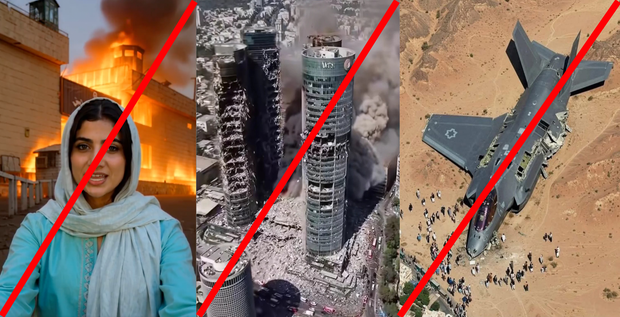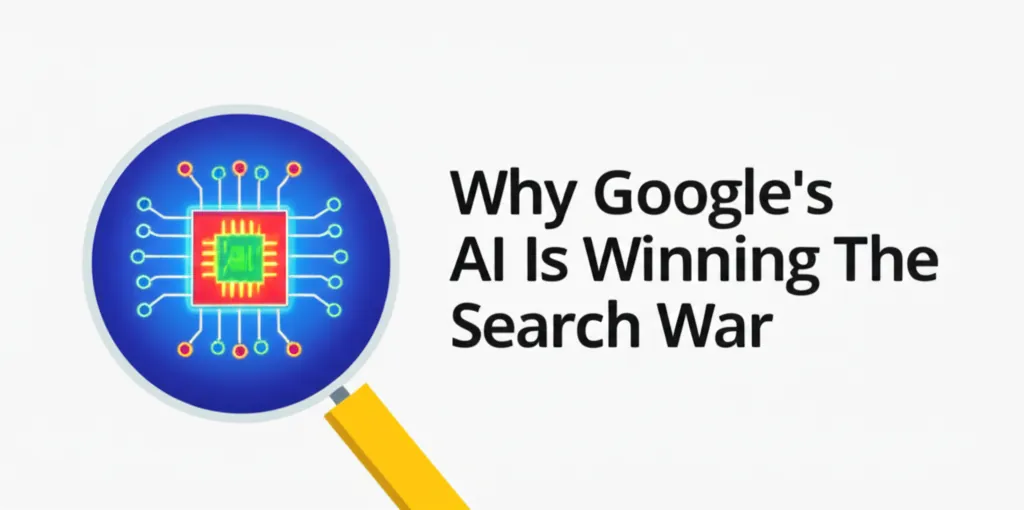How AI Videos Are Spreading Lies About Mideast Conflict
The New Digital Fog of War
In the heat of the recent Iran-Israel conflict, a new and unsettling form of propaganda has emerged: hyper-realistic, AI-generated videos designed to deceive and inflame. Social media platforms like X and TikTok have been flooded with fabricated scenes, from an AI-generated woman reporting from a supposedly burning Tehran prison to fake footage of high-rise buildings reduced to rubble in Tel Aviv. These clips, which have successfully garnered millions of views, are part of a troubling trend of AI-driven falsehoods spreading during major global events.
Coordinated Campaigns Amplifying Deception
This isn't just random chaos. Researchers at Clemson University's Media Forensics Hub have reported that some of this content is being deliberately amplified by a coordinated network of social media accounts. The apparent goal, they suggest, is to push messaging from the Iranian opposition and erode public trust in the Iranian government.

Deconstructing a Fake: The Evin Prison Video
A prime example of this tactic surfaced just minutes after Israel carried out strikes on several sites in Iran, including the infamous Evin Prison. A grainy, black-and-white video appearing to be security footage of an explosion at the prison's entrance went viral. However, experts quickly identified red flags suggesting it was an AI creation, noting an incorrect sign above the prison door and inconsistencies in the physics of the explosion.
Hany Farid, a professor at UC Berkeley and co-founder of AI detection firm GetReal Labs, explained that the technology has evolved at a breathtaking pace. "A year ago it was [that] you could make a single image that was pretty photo realistic," Farid noted. "Now it's full blown video with explosions, with what looks like handheld mobile device imaging." He believes the prison video was likely created with a sophisticated AI image-to-video tool.
Adding to the evidence of a coordinated campaign, the video was posted by an account that researchers described as bearing "marks of being inauthentic." Darren Linvill, co-director of the Media Forensics Hub, said this type of content is a "perfect example" of how these networks operate. He emphasized that while the goal of spreading misinformation isn't new, AI makes it "cheaper, faster, and at greater scale."
Platforms Respond Amidst the Chaos
Social media companies are struggling to keep up with this new threat. A spokesperson for TikTok stated the platform prohibits harmful misinformation and AI-generated fakes of crisis events, confirming it has removed some of the videos in question. A representative for X pointed to its Community Notes feature, which has been used to add clarifying context to some of the false posts.
As this technology becomes more accessible, how can users protect themselves? Farid's advice is stark and direct: "Stop getting your news from social media, particularly on breaking events like this."


